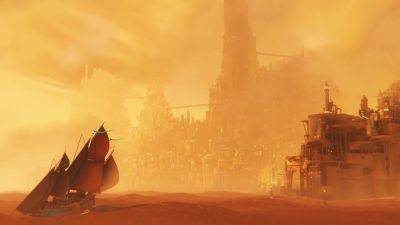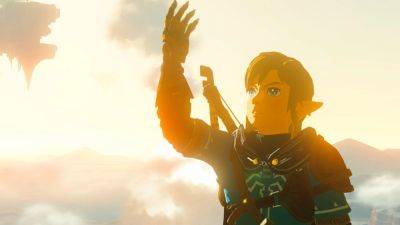After 12 years, Zelda speedrunners just made Ocarina of Time's most popular strategy "obsolete" with a technique discovered by accident
The Legend of Zelda: Ocarina of Time's most popular speedrunning route has been made "obsolete" after standing for 12 years, all thanks to an accidental discovery that shaves an entire minute off the world record.
The previous record-setting route relied on the ability to go through a door at the Deku Tree and end up at Ganon's Tower during the collapse, relying on a technique called 'Wrong Warp' to do so. That route was first discovered in 2012, and while it's been optimized since then, it's still been the fastest way to complete the game for many years - until now.
As the video below highlights, last month the above technique - dubbed Ganondoor - was replaced with a new strategy: Ganonfloor. It still utilizes the Wrong Warp but now takes Link from Ocarina of Time's second dungeon all the way to the end of the Collapse section. What's more, the impressive skip was discovered mostly by accident and has been years in the making.
Our story begins in 2017, when long-running Ocarina of Time speedrunner DannyB was playing around with a room duplication glitch (itself discovered in 2009) that yielded some strange results. Multiple duplications started to mess with collision in the room, leading to DannyB simply falling through the floor of the dungeon and crashing the game.
It wasn't until this year that the implications of that video were discovered - repeated room duplications would mean 'dynamic' - or moving - polygons would corrupt data from the static geometry that made up the surfaces Link could move across. In the original video, that simply meant the geometry disappeared, but runner Natalyahasdied guessed that polygons could be corrupted in different ways, and that code from one polygon could be matched up to code from another polygon somewhere else in the game. In this case, Dodongo's cavern, that early game dungeon, could feasibly stitch up to Ganon's tower at the end of the game.
It took DannyB just three minutes to find that loading zone, and while it didn't







